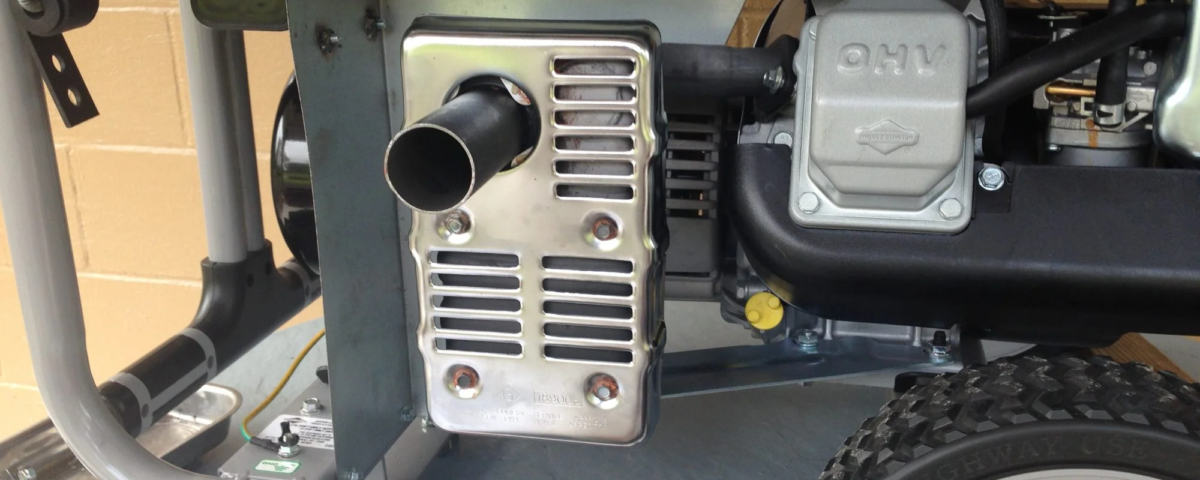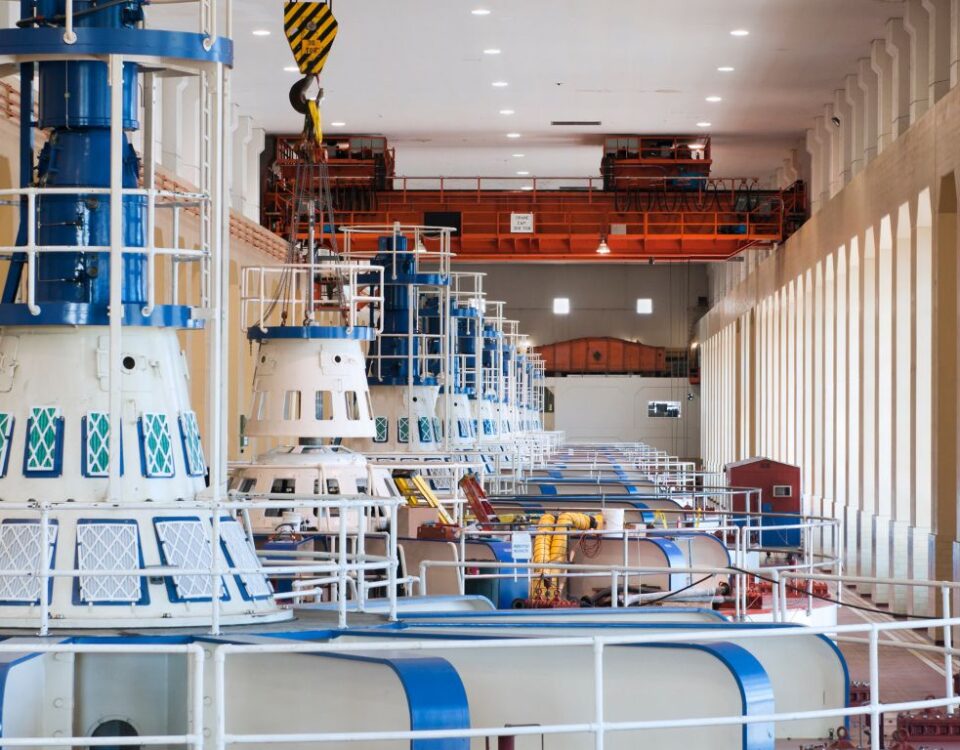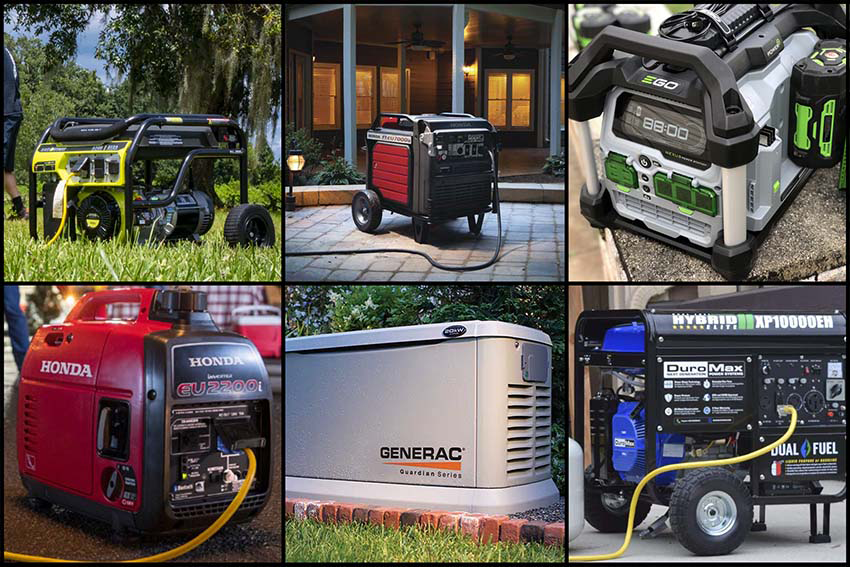
Generators are crucial in modern society, providing backup power during outages, supporting remote locations, and ensuring critical facilities run smoothly. However, one often overlooked aspect of generator operation is their exhaust emissions. Generator exhaust can have significant environmental and health impacts, making understanding and mitigating these effects essential. In this comprehensive article, with contributions from the Generator Flow Team, we’ll explore generator exhaust, its composition, environmental consequences, and ways to reduce its negative impact. Additionally, we’ll delve into essential guidelines on appropriately exhausting portable generators to minimize their emissions.
What is a Generator Exhaust?
Generator exhaust refers to the gasses and particles expelled from the exhaust system of a generator when it operates. These emissions primarily result from fuel combustion, which generates electricity. The exhaust contains several components, including:
Carbon Monoxide (CO): A colorless, odorless gas produced when carbon-based fuels like gasoline, diesel, or natural gas are burned in a generator. CO is harmful when inhaled in high concentrations.
Nitrogen Oxides (NOx): are a group of nitrogen and oxygen compounds formed during combustion. NOx emissions contribute to air pollution, smog formation, and respiratory problems.
Particulate Matter (PM): Tiny particles, including soot and ash, are released during combustion. PM can be harmful when inhaled and can lead to lung and heart problems.
Volatile Organic Compounds (VOCs): VOCs are organic compounds that can evaporate into the atmosphere. VOCs contribute to the formation of ground-level ozone and can have adverse health effects.
Environmental Consequences
The environmental consequences of generator exhaust emissions are significant and wide-ranging. Let’s delve into some of the critical impacts:
Air Quality
Generator emissions, particularly NOx and PM, can contribute to poor air quality. It is a concern in urban areas and remote locations where generators are commonly used. Poor air quality can lead to respiratory problems, cardiovascular diseases, and premature death.
Global Warming
Generators powered by fossil fuels release carbon dioxide (CO2) into the atmosphere, contributing to global warming and climate change. The accumulation of CO2 from generator emissions and other sources contributes to the greenhouse effect, trapping heat in the Earth’s atmosphere and raising global temperatures.
Acid Rain
NOx emissions from generators can lead to the formation of acid rain when they react with other atmospheric chemicals. Acid rain can harm aquatic ecosystems, damage buildings and infrastructure, and negatively impact vegetation.
Ozone Depletion
Some generators use refrigerants and coolants to release ozone-depleting substances into the atmosphere. Ozone depletion can harm the Earth’s ozone layer, leading to increased ultraviolet (UV) radiation reaching the Earth’s surface, posing risks to human health and ecosystems.
Noise Pollution
Even though it has nothing to do with exhaust emissions, it is essential to discuss the noise pollution generators produce. Loud generator operation can bother nearby neighbours and wildlife, leading to stress, disturbed sleep, and other health issues.
Mitigation Strategies
Several mitigation measures can be used to lessen the harmful effects of generator exhaust emissions:
Use Cleaner Fuels
One of the most effective ways to reduce generator emissions is to use cleaner fuels. Switching from diesel or gasoline generators to natural gas or propane can significantly reduce CO, NOx, and PM emissions. Alternatively, exploring renewable energy sources such as solar panels and wind turbines eliminates exhaust emissions.
Emission Control Technologies
Modern generators have emission control technologies such as catalytic converters and particulate filters. These devices help reduce CO, NOx, and PM emissions, making generators more environmentally friendly. Regular maintenance and upgrades to these systems are crucial to ensure their effectiveness.
Load Management
Efficient load management can reduce the constant need for generators to run at total capacity. It not only saves fuel but also lowers emissions. Implementing energy-efficient technologies and practices can help achieve this goal.
Remote Monitoring and Control
Remote monitoring and control systems allow operators to adjust generator settings based on real-time demand. It ensures that generators operate optimally, reducing emissions and fuel consumption.
Exhaust Aftertreatment
Exhaust after-treatment systems, such as selective catalytic reduction (SCR) and diesel particulate filters (DPF), can be retrofitted to existing generators to reduce emissions. These technologies are effective in reducing NOx and PM emissions.
Proper Ventilation
Ventilation is crucial when generators are located indoors or in confined spaces. Proper ventilation systems can help disperse exhaust emissions and maintain healthy indoor air quality.
Regulatory Compliance
Compliance with local, state, and federal regulations is essential for generator operators. These regulations often set emission limits and require regular emissions testing and reporting. Staying in compliance helps protect the environment and avoids potential legal issues.
Green Infrastructure
Incorporating green infrastructure, such as planting trees and vegetation around generator sites, can help absorb some emissions and mitigate their environmental impact.
How to Exhaust Portable Generators
It’s essential to exhaust portable generators adequately to minimize their emissions. Here are some guidelines to follow:
Location: Place the portable generator in an open, well-ventilated area away from windows, doors, and vents of your home or other structures. It reduces the risk of exhaust gases entering the building.
Exhaust Direction: Position the generator so the exhaust pipe points away from occupied areas. It ensures that the emissions are directed away from people and living spaces.
Ventilation: Make sure there is adequate airflow around the generator. Avoid enclosing it in tight spaces, as this can lead to the buildup of exhaust gasses.
Exhaust Extensions: Consider using exhaust extensions or flexible pipes to extend the exhaust pipe further away from the generator and living areas.
Carbon Monoxide Detector: Install a carbon monoxide (CO) detector in your home or where the generator operates. It will provide an early warning if CO levels become dangerous.
Regular Maintenance: Keep your portable generator well-maintained. Replace air filters and spark plugs as the manufacturer recommends to ensure efficient combustion and reduced emissions.
Following these guidelines, you can safely and responsibly exhaust portable generators, minimizing their impact on air quality and health.
Conclusion
Generator exhaust is a significant concern due to its environmental and health implications. Understanding generator emissions’ composition and consequences is the first step toward mitigation. With contributions from the Generator Flow Team, we have explored various strategies to reduce the negative impact of generator exhaust on our environment and communities.
In a world where power generation is essential for our daily lives, it’s our responsibility to ensure that the benefits of generators do not come at the expense of the environment and public health. Through thoughtful planning, regulation, and technology adoption, we can balance our power needs and environmental stewardship, ultimately creating a more sustainable future for all. Properly exhausting portable generators is just one piece of the puzzle in achieving this critical goal.
Frequently Asked Questions
Yes, generator emissions can be harmful, mainly when generators are operated in confined spaces or areas with poor ventilation. Carbon monoxide (CO) and particulate matter (PM) are particularly concerning as they can cause respiratory and cardiovascular problems.
Yes, generators that burn fossil fuels release carbon dioxide (CO2) into the atmosphere, contributing to the greenhouse effect and global warming.
To reduce emissions when using a portable generator, ensure proper ventilation, direct the exhaust away from occupied areas, use cleaner fuels if possible, and perform regular maintenance.
Many regions have regulations that set emission limits for generators, especially for larger stationary units. Compliance with these regulations is essential to mitigate the environmental impact.
Alternatives to traditional generators with emissions include solar panels, wind turbines, and battery storage systems. These technologies generate electricity without producing exhaust emissions.





